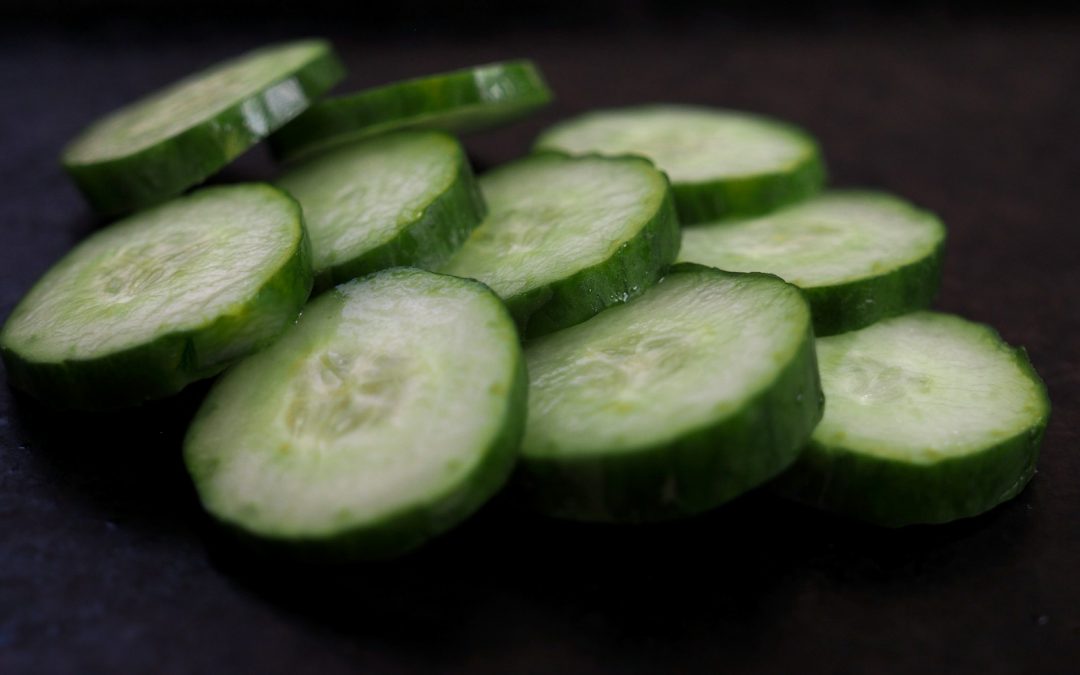Contents
- 1 How to Grow Indoor Cucumbers (Beginner-Friendly Guide)
- 1.1 Why Grow Cucumbers Indoors?
- 1.2 Best Varieties of Cucumbers for Indoors
- 1.3 Step-by-Step: Growing Cucumbers Indoors
- 1.4 Fertilizing Indoor Cucumbers
- 1.5 Pollination Indoors
- 1.6 Common Problems & Fixes
- 1.7 Pro Tips for Bigger Harvests
- 1.8 FAQs About Growing Indoor Cucumbers
- 1.9 Final Thoughts on Growing Cucumbers Indoors
- 1.10 Related Articles
How to Grow Indoor Cucumbers (Beginner-Friendly Guide)
Cucumbers might not be the first vegetable you think of for indoor growing, but with the right setup, they can thrive inside your home. By controlling light, soil, and watering, you can enjoy fresh, crisp cucumbers all year round without needing a garden or greenhouse. This guide will walk you through everything you need to know to successfully grow cucumbers indoors, even in small spaces.
Why Grow Cucumbers Indoors?
There are several reasons indoor gardeners choose cucumbers:
Year-round harvests – No need to wait for summer.
Pest control – Indoor growing reduces risk of outdoor pests like beetles and slugs.
Space efficiency – Vertical trellises make cucumbers perfect for small homes and apartments.
Healthier plants – Controlled temperature and humidity encourage steady growth.
Family-friendly project – Fast growth makes cucumbers exciting for kids to help grow.
A compact indoor cucumber growing kit on Amazon makes it easier for beginners to start their first crop.
Best Varieties of Cucumbers for Indoors
Not all cucumbers are suitable for indoor conditions. Look for compact or bush varieties that don’t spread aggressively:
Bush Champion – Great for containers with short vines.
Spacemaster – Bred for small spaces, yet still highly productive.
Salad Bush – Perfect for fresh salads, grows on compact plants.
Miniature cucumbers – Small, snack-sized, and very quick to mature.
Parthenocarpic cucumbers – Produce fruit without pollination, ideal for indoors.
Choosing the right variety is one of the most important steps for indoor cucumber success.
Step-by-Step: Growing Cucumbers Indoors
1. Choose the Right Container
Use pots at least 12 inches deep with drainage holes.
Larger containers (5–7 gallons) support stronger root systems and higher yields.
Grow bags are lightweight, portable, and space-saving.
2. Select the Best Soil
Use a high-quality potting mix that drains well.
Enrich with compost, worm castings, or organic fertilizer.
Avoid heavy garden soil, which compacts and holds too much water.
3. Provide Sufficient Light
Cucumbers need 12–14 hours of bright light daily.
Place them in a south-facing window if possible.
Use a full-spectrum LED grow light for vegetables on Amazon to ensure consistent light, especially in winter.
4. Watering and Humidity
Keep soil evenly moist but not waterlogged.
Water deeply so roots grow strong, then let the top inch dry out.
Cucumbers enjoy humidity, so occasional misting helps.
5. Support with a Trellis
Cucumbers are natural climbers. Train them to grow upward to save floor space.
A small indoor trellis for climbing plants on Amazon keeps vines healthy and manageable.
Fertilizing Indoor Cucumbers
Cucumbers are heavy feeders and require regular fertilizing to produce well:
Use a balanced liquid fertilizer every 2 weeks during vegetative growth.
Once flowers form, switch to a potassium-rich fertilizer to encourage fruiting.
Add liquid seaweed or fish emulsion for extra micronutrients.
Pollination Indoors
Since there are no bees indoors, hand-pollination is often necessary:
Identify male flowers (thin stems) and female flowers (tiny cucumber at the base).
Use a cotton swab or small paintbrush to transfer pollen from male to female flowers.
Repeat this process daily during flowering for the best harvest.
Alternatively, choose parthenocarpic varieties that produce seedless cucumbers without pollination.
Common Problems & Fixes
Yellow leaves – Usually from nitrogen deficiency or overwatering. Feed with a balanced fertilizer and check drainage.
Powdery mildew – Improve airflow, reduce humidity, and avoid wetting leaves.
Flower drop – Caused by low light or poor pollination. Extend light hours and hand-pollinate.
Slow growth – Cucumbers prefer warm temperatures (20–25°C). Consider a heating mat in cooler months.
Leggy vines – Usually from insufficient light. Move closer to a window or grow light.
Pro Tips for Bigger Harvests
Rotate containers weekly so plants grow evenly.
Prune side shoots to encourage stronger fruiting vines.
Mulch the soil with straw or coco coir to keep moisture consistent.
Harvest often – Picking cucumbers regularly encourages more production.
FAQs About Growing Indoor Cucumbers
Q: How long until cucumbers are ready to harvest?
A: Most indoor varieties are ready in 55–70 days after planting.
Q: Can cucumbers grow without pollination?
A: Yes, parthenocarpic varieties can fruit on their own, making them perfect for indoor setups.
Q: Do cucumbers need pruning indoors?
A: Yes, trim side shoots and old leaves to keep vines manageable and direct energy into fruit.
Q: How many cucumbers can I get per plant?
A: Bush varieties can produce 10–15 cucumbers each, while vining types often yield more.
Final Thoughts on Growing Cucumbers Indoors
Cucumbers are a rewarding crop that thrive indoors with the right setup. By selecting compact varieties, ensuring consistent light, and using a simple trellis system, you can harvest fresh cucumbers even without a garden. Regular watering, fertilizing, and pollination will keep plants productive and healthy.
If you’re new to indoor vegetable gardening, cucumbers are an excellent choice to boost your confidence and enjoy homegrown food. For more expert advice, the Royal Horticultural Society offers resources on growing vegetables in containers and indoors.

